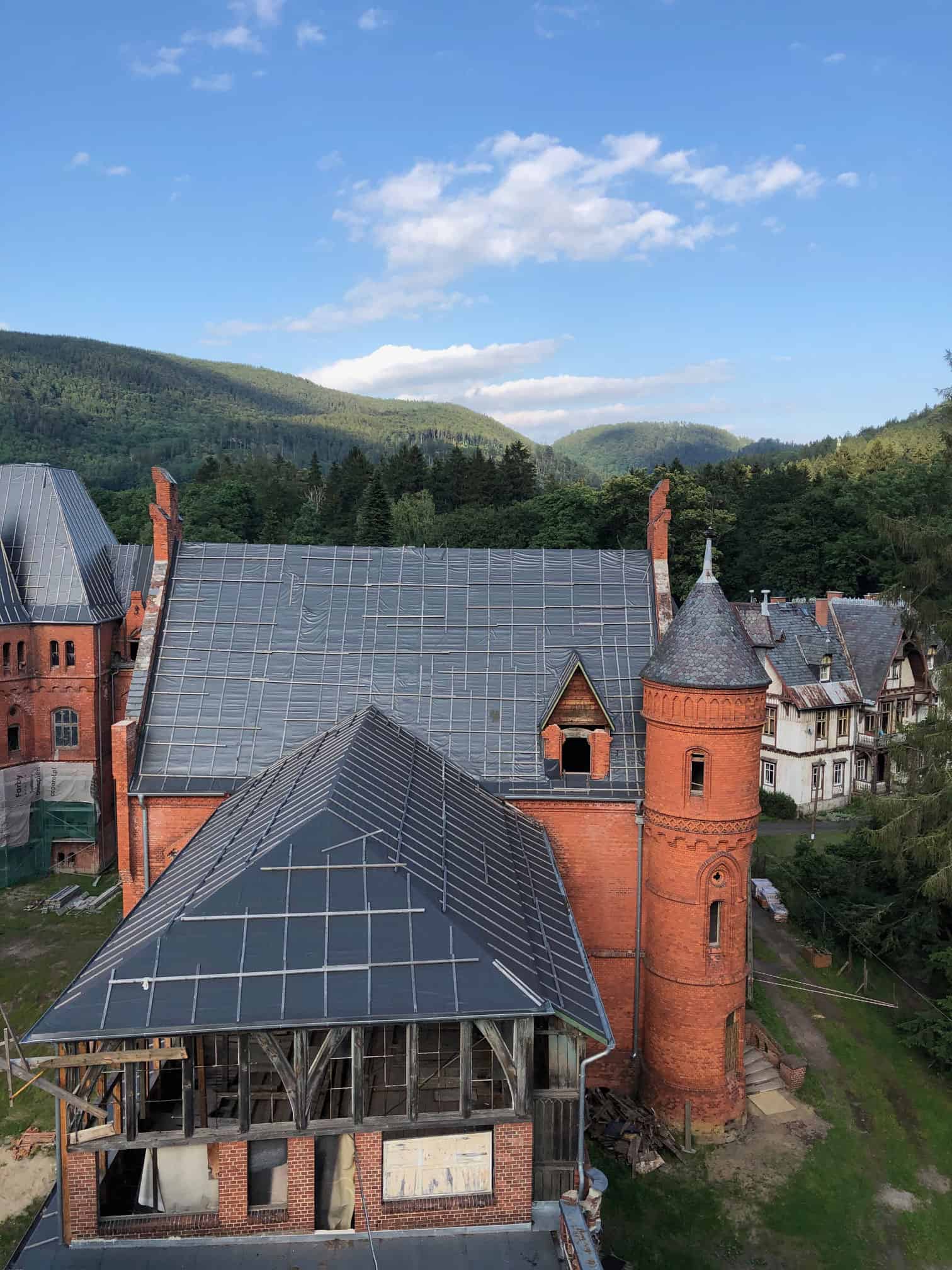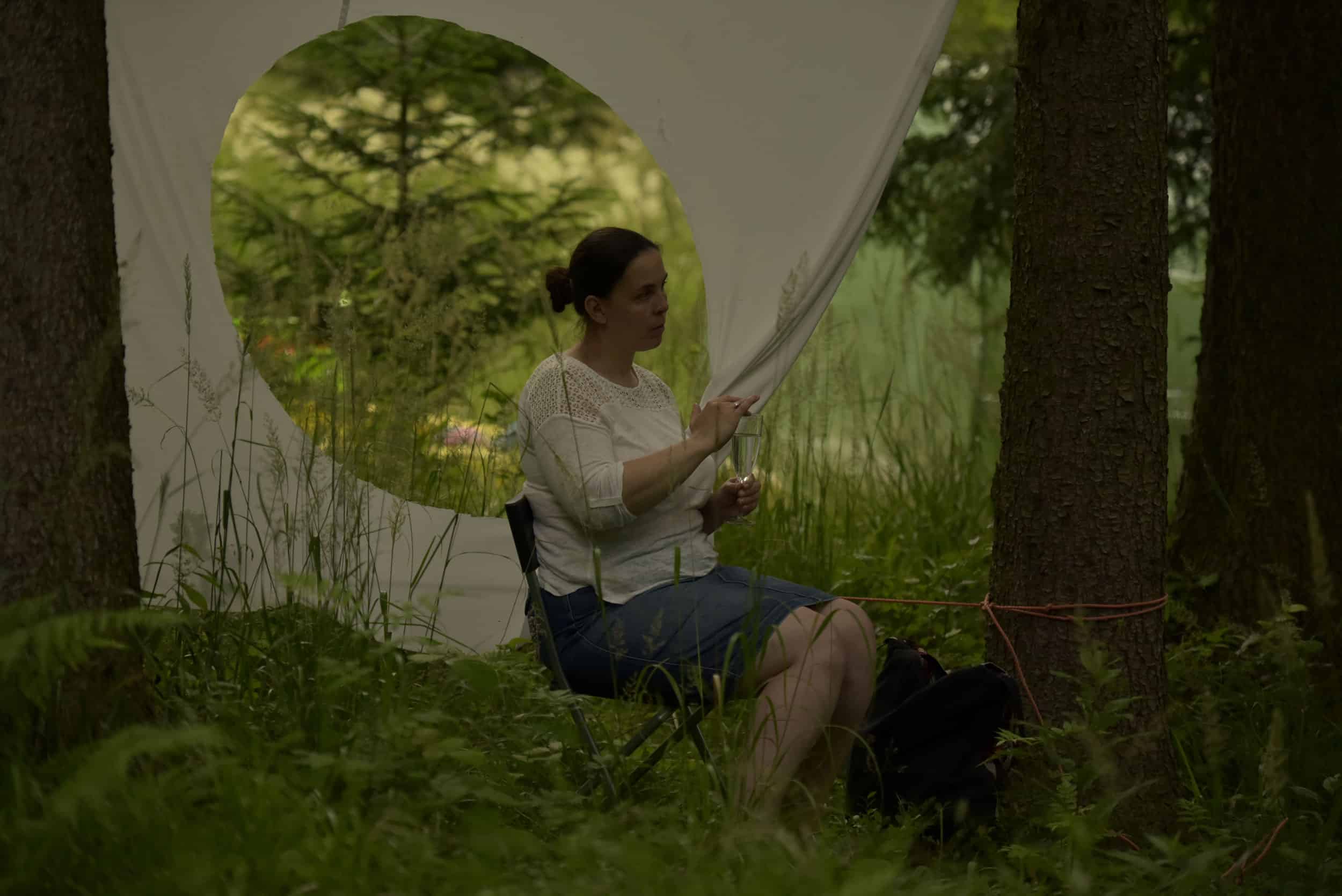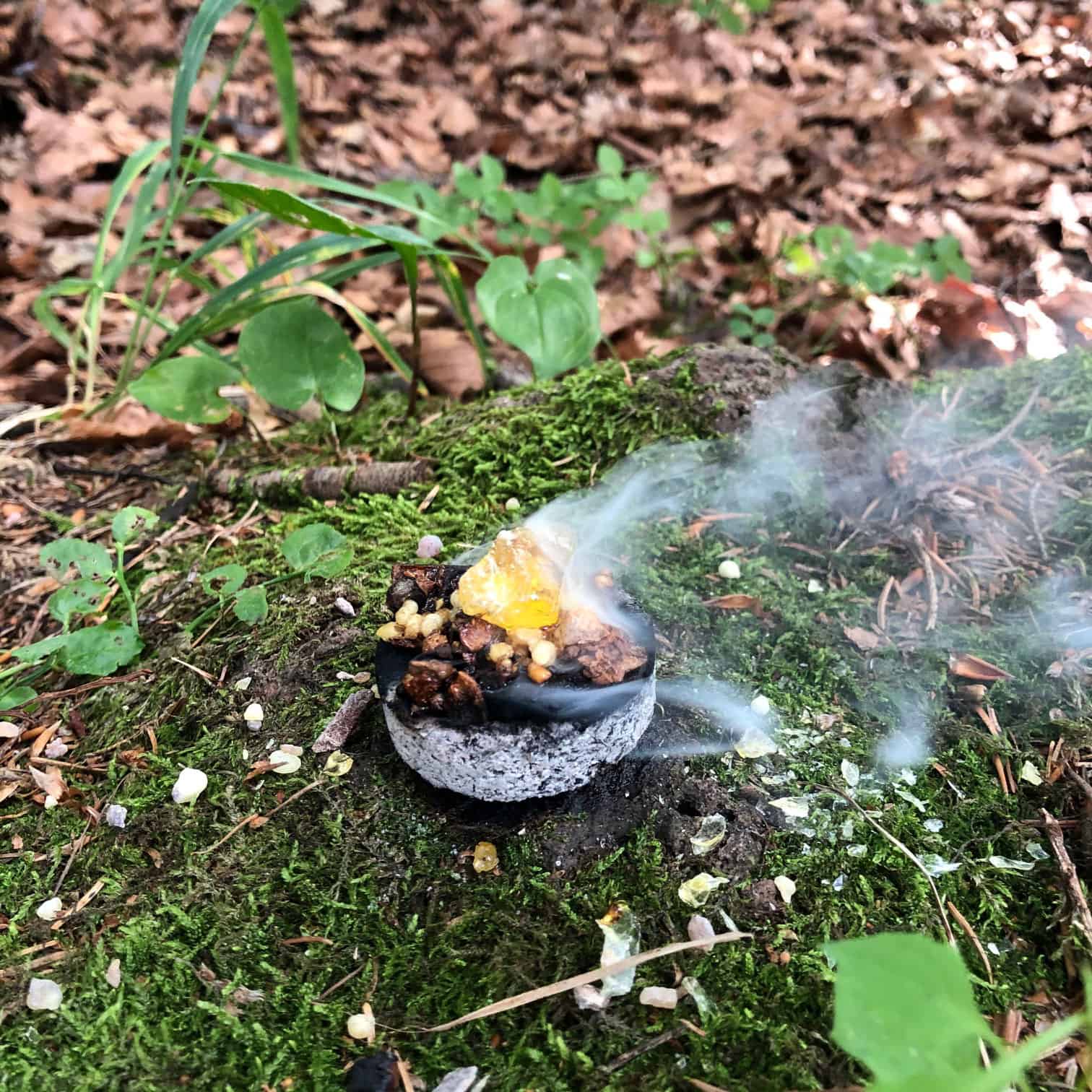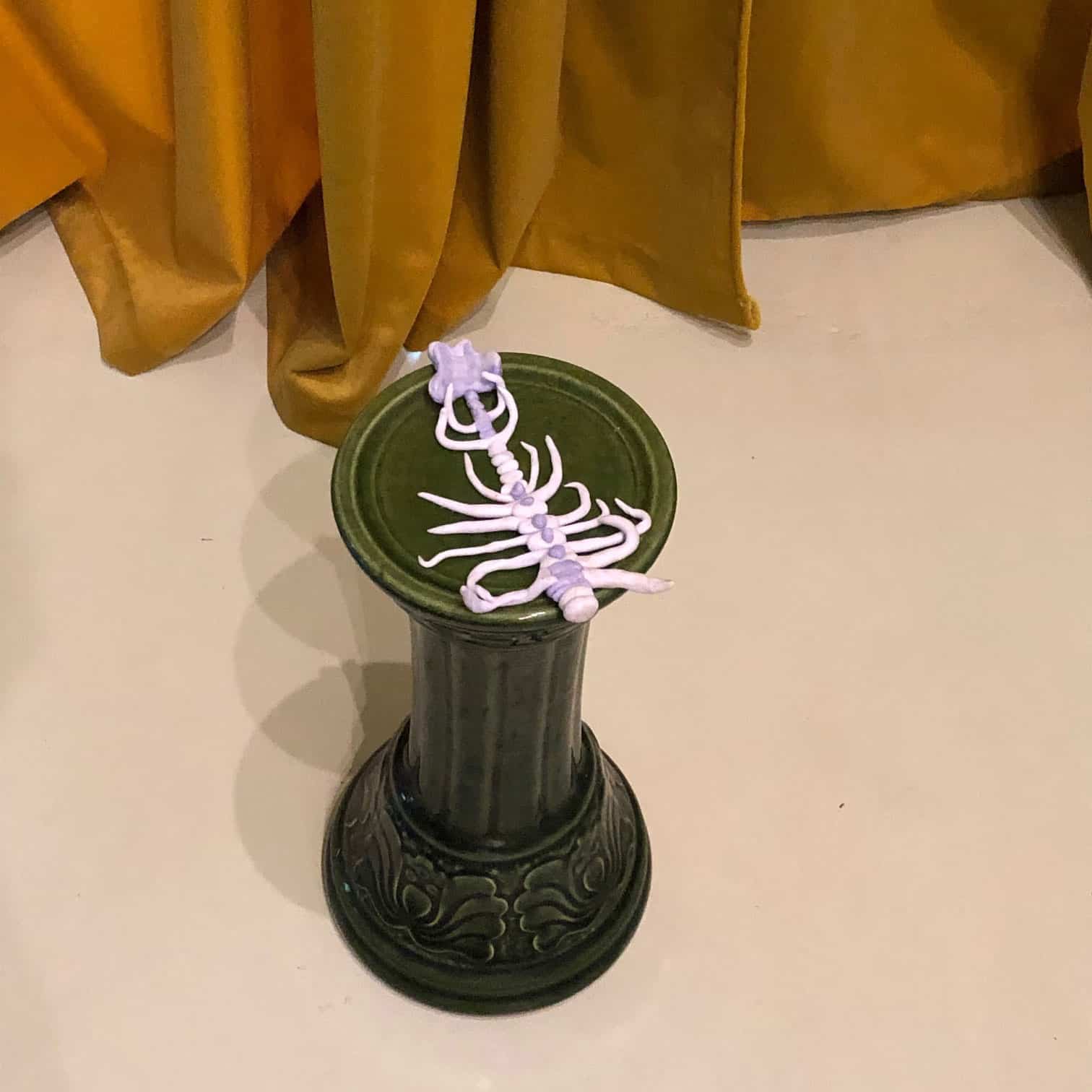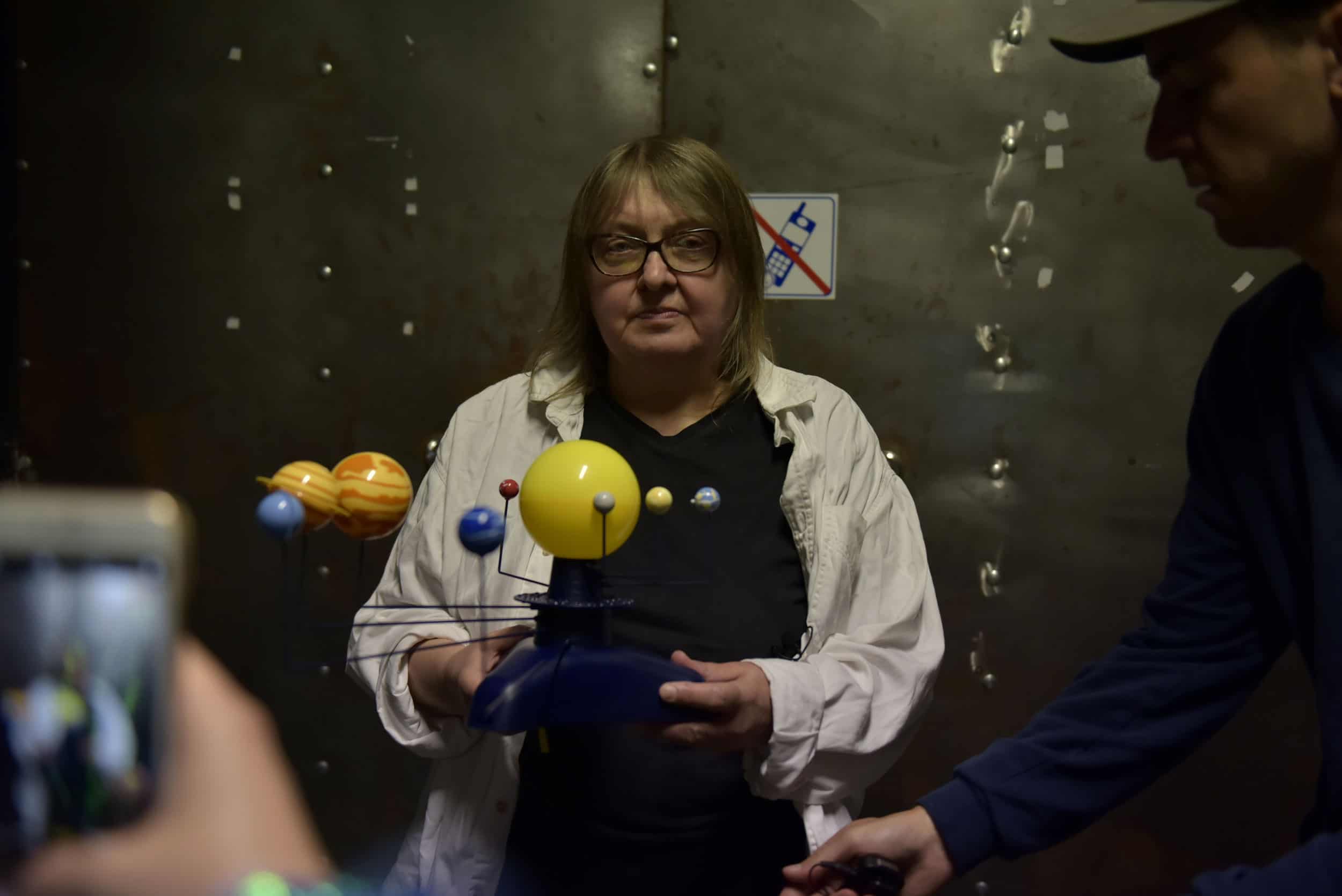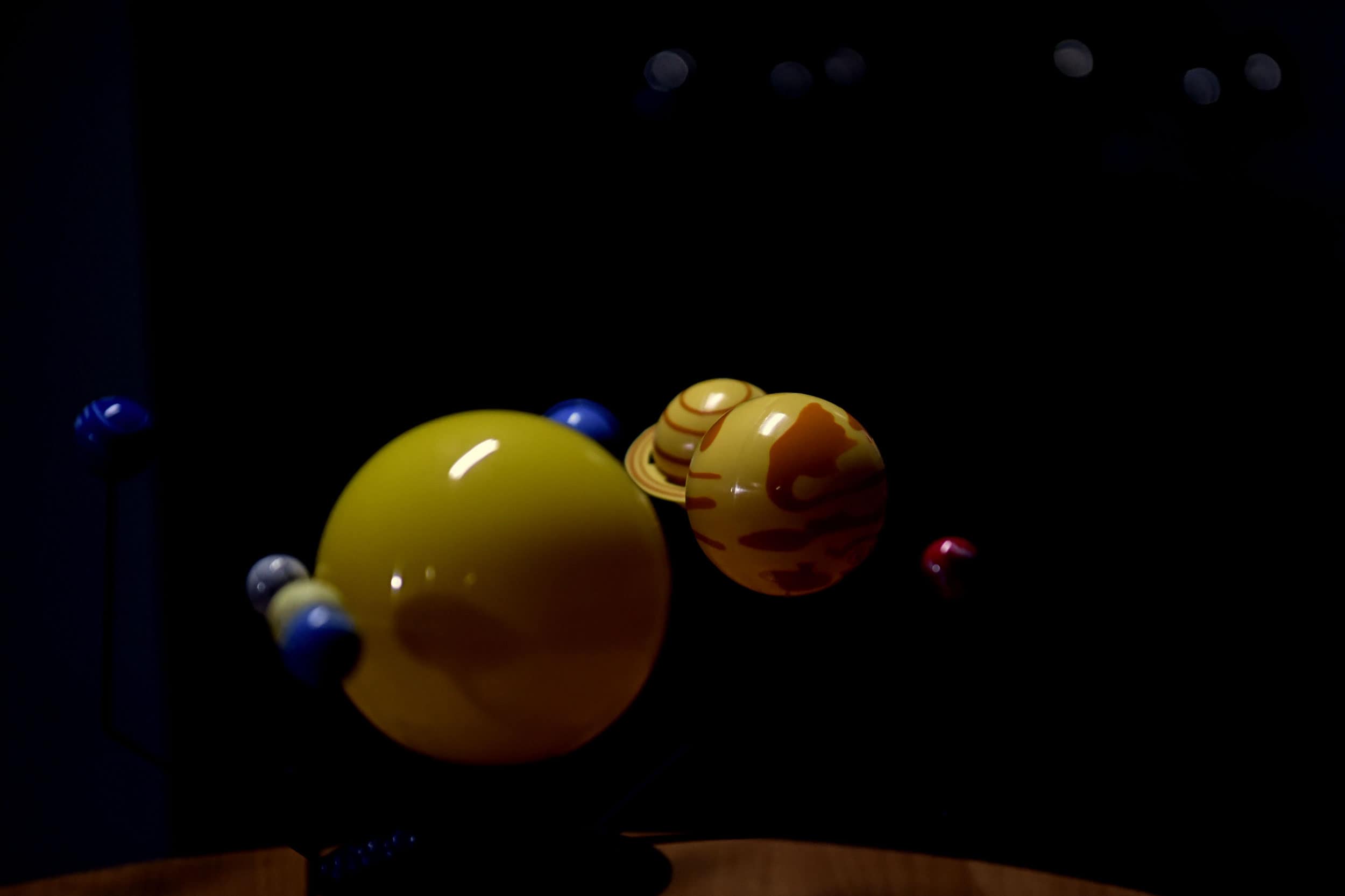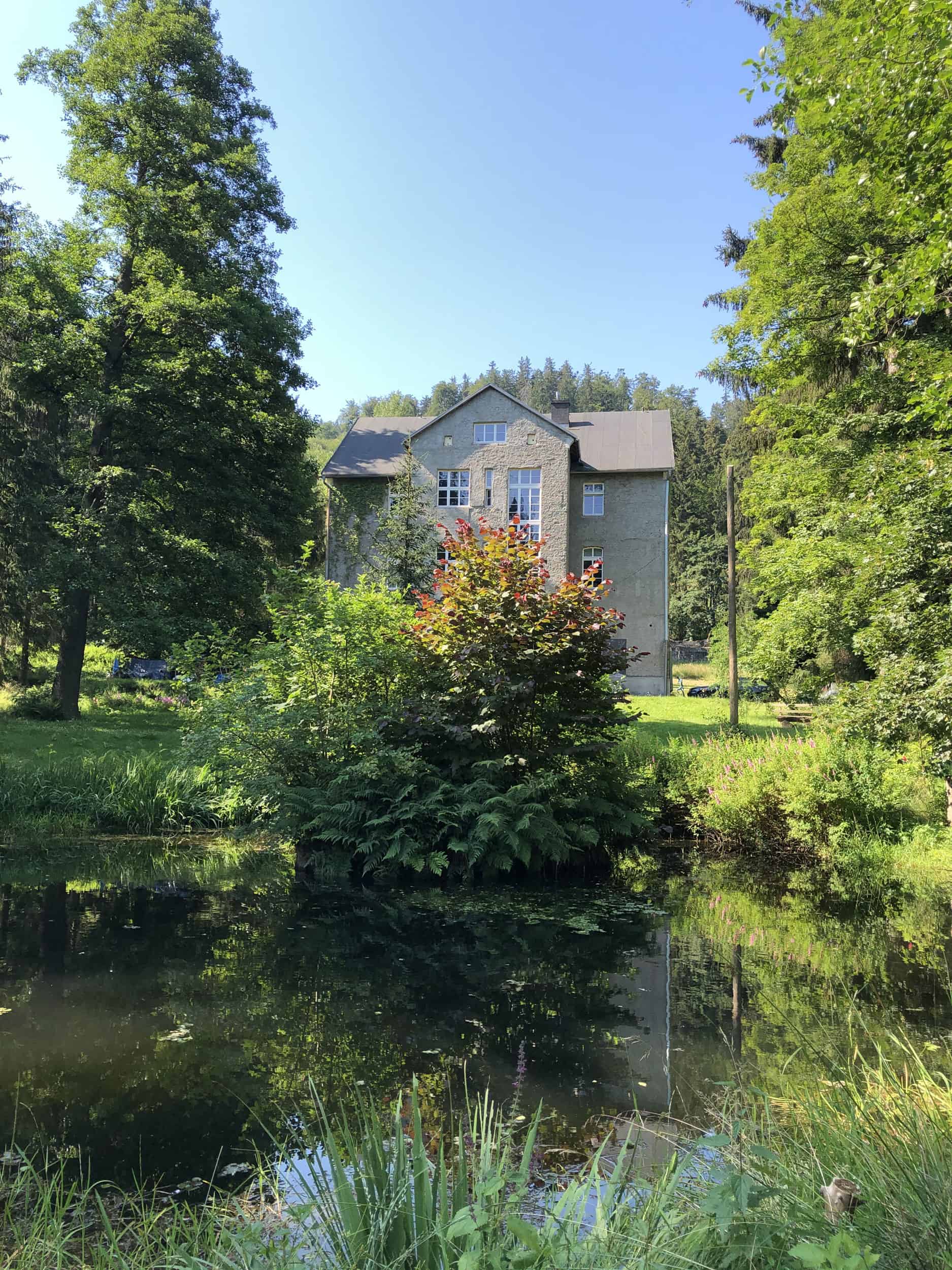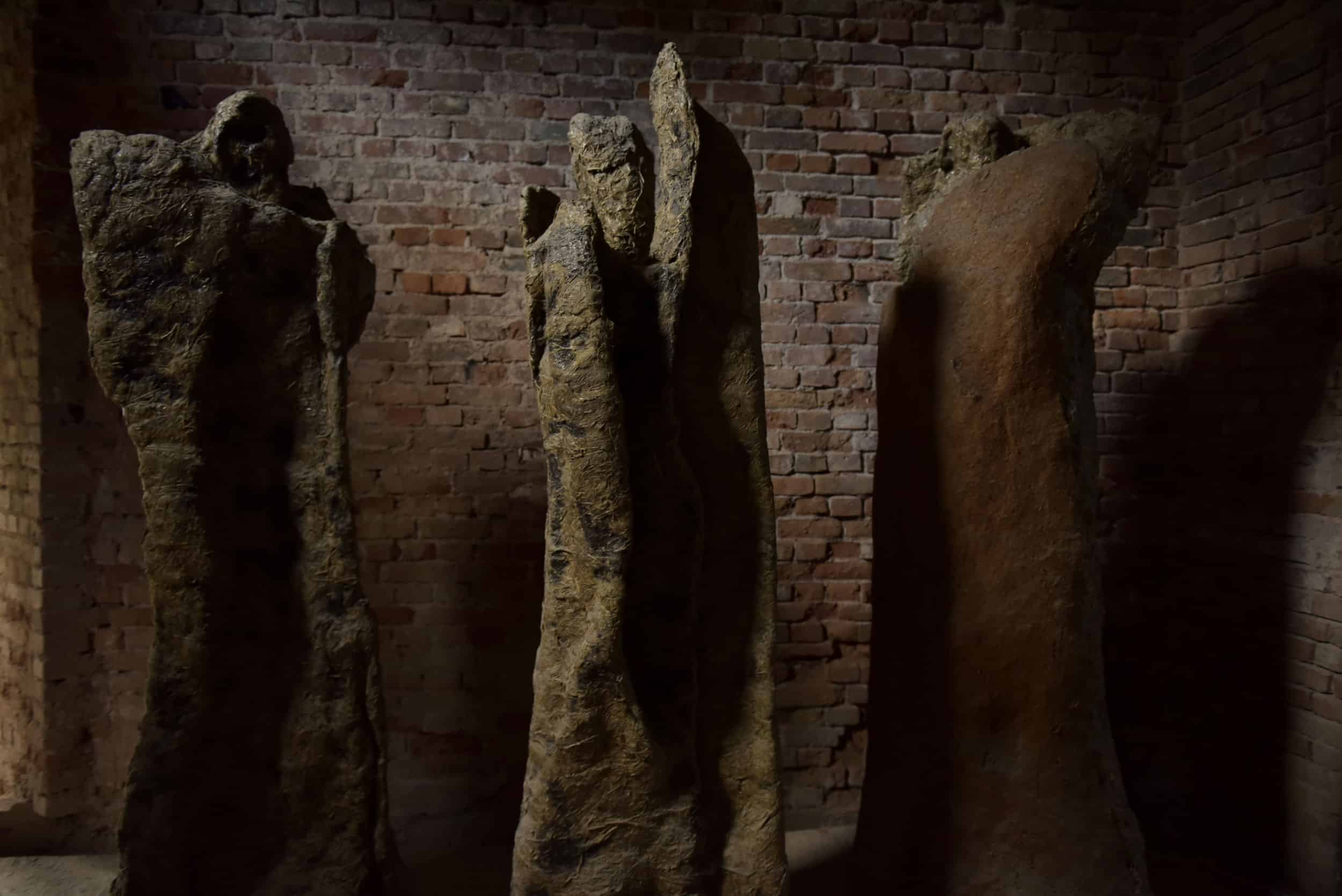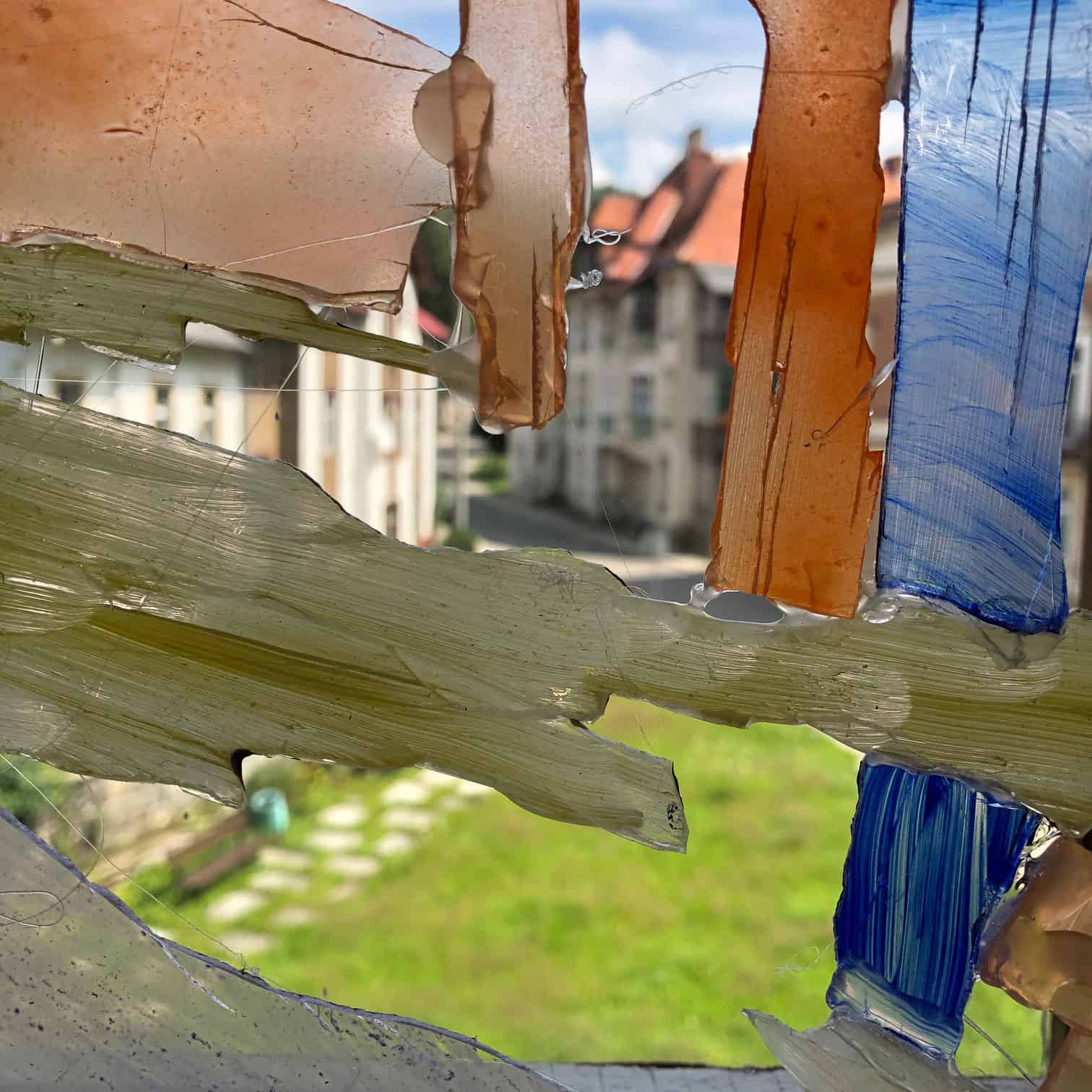
The International Festival of Ephemeral Arts CONTEXTS, Sokołowsko, 23-26 July 2020, BWA Sokołowsko.
The Festival of Ephemeral in Sokołowsko has managed to become an iconic event of the Polish art scene in only ten years. Its unique focus on the notion of ephemeral art, makes it an exceptional celebration of many artistic forms and streams, while providing an unforgettable experience to the audience. This jubilee edition is happening during the harsh time of pandemic restrictions, which inspired the organizers to create an online streaming platform parallel to the physical festival in Sokołowsko. The main themes of the festival – loneliness and local choreographies – appear acutely actual in this new context. We spoke to the curators – of the two main sections – Małgorzata Sady and Marta Czyż, about their curating experience and the idea standing behind each project.
MAŁGORZATA SADY:
The historical, tenth edition of Contexts Festival is celebrated amidst the uneasiness of the COVID pandemic. How did that affect your work and the final form of the festival?
Małgorzata Sady: Planning the next edition of the festival happens when the previous one is over. The In Situ foundation learns about the funding from the Ministry of Culture in February and then comes a revision of the original ideas. This year COVID-19 entered the scene and the world went upside down. We decided, just like everybody else, to move Contexts online. It was a painful decision since the essence of this festival is experiencing art live, therefore moving the festival into the virtual world was a great challenge. The question and worry is if the experience of watching the festival on computer screens can be in any way comparable to the direct communion with art. It refers to the audience as well as to the artists, We all agreed that the 10th edition of Contexts would be realized entirely online. Therefore I contacted the artists with a kind request to film their works to be then broadcast within the framework of the festival programme. Bringing international artists, who usually constitute a majority of the main festival line (apart from Open Platform and workshops) to Sokołowsko was out of question. Another aspect of COVID-19 is that quite a few artists combined the theme of the festival – loneliness – with their overwhelming experience of lockdown.
For sure, the advantage of the online version is its unlimited accessibility. The festival can be watched by everybody and everywhere for several hours a day. Let’s hope it will be.

The International Festival of Ephemeral Arts CONTEXTS, Sokołowsko, 23-26 July 2020.
You have collaborated with Sokołowsko’s festival for nearly a decade. Have you witnessed the growth and transformation of this unique event? How would you describe it? Is this edition very different from the previous ones?
MS: Curating a festival for so many years means shaping its form, influencing its development. What factors determined it? They are numerous and triggered by wonderful surprises and adventures life brings.
I am afraid that the last decade has not been a revolutionary period in art, generally in culture. The theme of the 9th Contexts was „Everything has already happened” (with a question mark) which defines my attitude (with a question mark) without insisting on getting a clear answer. However, it does not mean that interesting and beautiful things don’t come into the picture. There is always reason and space for them. Organically. Leading a nomadic life (internationally) I have always searched for the gems to bring to Sokołowsko. It does not really matter if it is a performance, installation, dance, music, sound, film, lecture, discussion, presentation, theatrical or choreographic piece, where the artists come from or what generation they represent. The quality of work is for me a major determining factor. Each edition has a different theme and a person we pay a tribute to, to express our gratitude for their contribution to the world of art, pay respect to it. The themes are universal, which also means that they allow artists to refer to most current event, whether of a political, social, artistic, personal nature. Hence, each edition is different as all is in flux. Artists bring their worlds and there are many.
I am not a person who believes in progress on a basic human level (technology is another issue). Forms do change, but not the essence. Trends come and go…It is good (and obligatory if you curate art events) to observe what happens and share it with others. Critically and kindly.How this edition differs from the previous ones? What I miss is its live character, of course. Another missing element is Open Platform – a democratic and free Hyde Park of art was a significant and appreciated constituent of Contexts. The same refers to workshops which used to proceed the festival.
For several editions I invited Polish and international curators to contribute to the festival, introducing their artists and art practices. It was definitely an enriching factor of Contexts. We shared the same main theme highlighting its different aspects. This year In Situ foundation introduced a parallel curatorial section. So a new factor. Let us see how it works. Experiments are welcome.

The International Festival of Ephemeral Arts CONTEXTS, Sokołowsko, 23-26 July 2020.
What did inspire you to come up with the theme of your curatorial line „Loneliness”? How does this subject rezonate with the intrinsically social nature of a festival, capable of creating a community?
MS: For each edition of the festival I proposed a universal theme which we resonate with. Loneliness is what all of us experience to a smaller or greater extent. To quote myself: „The artists were asked to meditate on a number of related issues: loneliness as the ultimate human condition, voluntary and imposed internal immigration, compassion as a remedy for alienation, ‘You’re a little lonely in the desert. You’re equally lonely among people” (A.Saint-Exupery). Paradoxically “what is unique and specific in us is realised in such a specific form that a single individual reaches the rank of a universal” (E.Cioran). Loneliness is not a man’s natural condition; however, it has become more and more common. Despite the impressive technological developments the sole human aspect has deteriorated in manifold ways. We experience the degradation of humanistic and ethical values. Relationships among people have been weakening. Maintaining mental stability has been increasingly unattainable. We get locked inside ourselves.
The current lockdown added another dimension and strengthened the impact of the festival theme formulated a few months earlier. The imposed isolation has intensified the feeling of loneliness and alienation. We found ourselves suspended in the void between the past and future. The future is increasingly unpredictable. Fear dictates the path of our thoughts and mode of behaviour. Time has acquired another measure – monotony and repetition brings about disorientation, days begin and end unexpectedly.
As not so many of us will meet at this edition of Contexts one of its highlights of being together, meeting friends, making friends, networking will be substantially eliminated. However, a small scale does not mean no scale. The intimacy will be accelerated and our community reinforced. A perfect remedium for loneliness….
Did you favour any specific medium while curating your section?
MS: No, it is not about a medium, but the quality of proposed works. Contexts has always offered a wide spectrum of media, approaches, ways of looking at the world from different points of view. The boundaries of categories, once well defined, get obliterated. Putting labels may lead to trouble as it requires replacing them over and over again. These days so many artists move freely from one field to the other. My favourite technique is collage where you put a number of ingredients of different provenances together and come up with a new quality. That’s how I build each edition of the festival. And it is all about learning, getting to know, researching, experiencing and enjoying.
Are there any highlights or hidden gems that you would like to draw visitors’ attention to?
MS: Definitely it is Bożenna Biskupska’s exhibition „From Matter to Matter”. The jubilee edition of the festival demanded paying tribute to this extraordinary artist and visionary. Her contribution to what happens in Sokołowsko, being its spiritus movens, cannot be overestimated. Biskupska’s oeuvre spans over several decades and features sculpture, painting, drawing and video. It is what the visitors will experience in the immense space of the Brehmer sanatorium. And the reconstruction of the ruined building is to be approached in the categories of a visionary art work. The exhibits located in various places all over sanatorium along with the venue can be seen as Gesamtkunstwork. Other highlights; there are three great artists who are featured in each edition of the festival: Ewa Zarzycka, Józef Robakowski and Alastair Maclennan which allows the audience to follow the development of their artistic ideas. As for the jubilee – Contexts will be revisited by Adina Bar-On, Nigel Rolfe, Alicja and Mariusz Jodko, contributors to previous editions. The artistic review of the festival will be offered by Karolina Breguła and Dariusz Fodczuk, a film installation still in process. Jeorg Piringer will present his Data Poetry. We will preset Polish premieres of Andrea Zimmerman’s „Here for Life” (introduced by Ben Cook), Paradjanov’s Triptych (introduced by Daniel Bird), Ema Kugler’s „The Man of Shadow” and her shorts (introduced by Lawinia Rate), music videos by Yola Kudela. Thanks to generous support of Louisiana Channel the festival has been a benefactor for a few years now we will be able to encounter David Hockney, Laurie Anderson, Olga Tokarczuk, Sjón, Marie Iversen. Students of Izabella Gustowska will present their work, an outcome of the workshop in Sokołowsko (2020). etc etc…Lots to digest so do feel welcome to this feast served on konteksty.live every day from 6pm on 23 to 26th July.
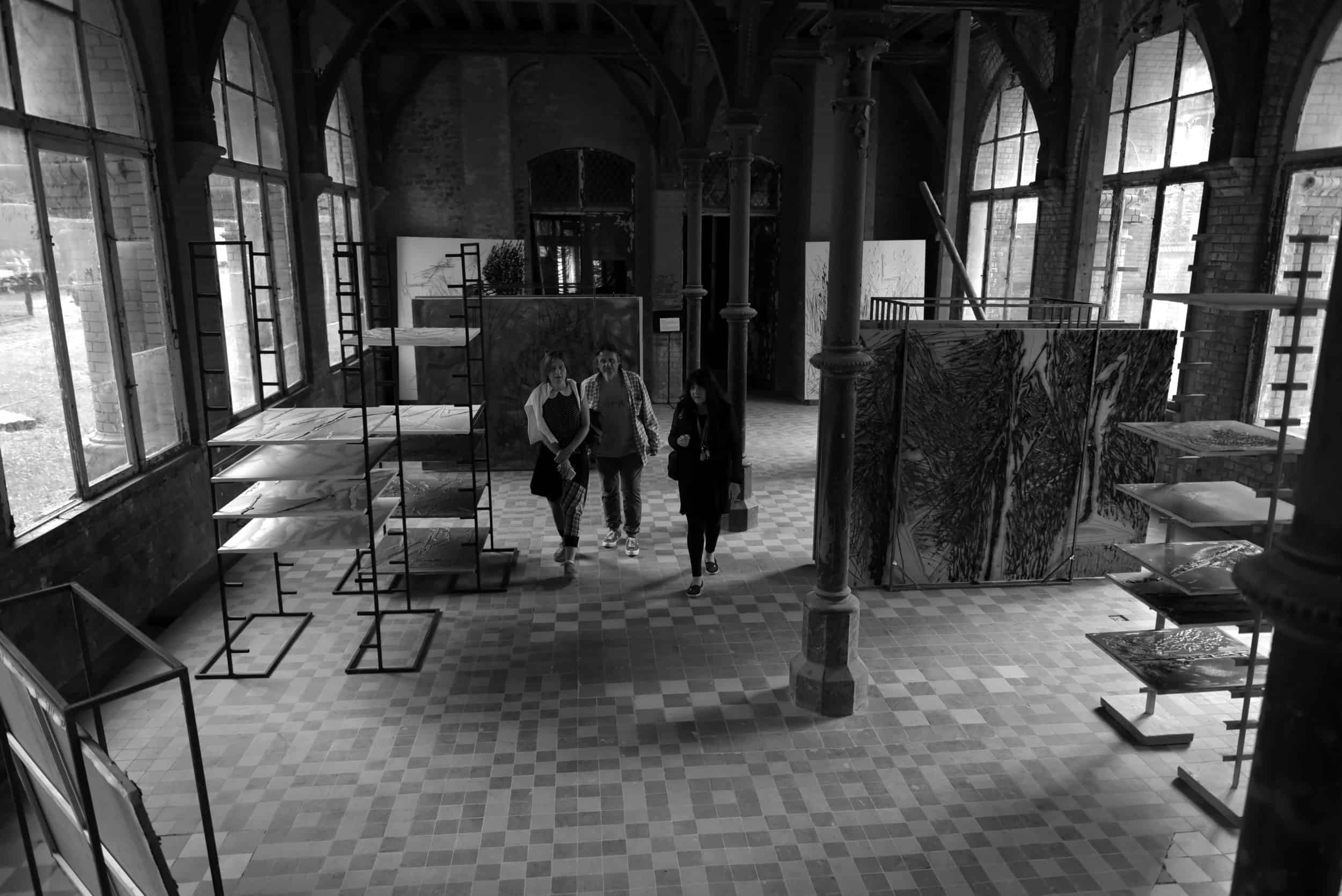
The International Festival of Ephemeral Arts CONTEXTS, Sokołowsko, 23-26 July 2020.
MARTA CZYŻ:
I’m curious if the pandemic lockdown has affected your curatorial work?
Marta Czyż: My work has been ongoing through the pandemic. My job as a curator involves talking to artists and collecting materials. Of course, some options were limited, but it did not stop our work. I think it influenced me more mentally, knowing that you can’t go outside because it’s just dangerous out there.
You’ve co-curated one of the two sections of this year’s Festival of Ephemeral Arts, entitled “Local Choreographies”? What is the main focus of your project and what does it actually mean?
MC: This is the section that I co-curated with Joanka Zielińska and Julka Wielgus. Field choreographies refers to the very concept of performance and what this concept can be in the current, contemporary context. This medium stems from a very specific tradition, but in recent years the genesis of this tradition has changed. We traditionally speak of the birth of performance in the 1960s, but there are texts that claim that the genesis of performance is still in the avant-garde: in the Dadaist movements, in surrealism. This shift, this new definition extends performance activities to new areas – such as choreography, theatre, third-hand activities, relational aesthetics. The performance turns out to be some form of participation. Not so much following the performer’s instructions, but rather participating in the activities performed. “Field Choreographies”refers to these new performance spaces, and the entire program has been designed to invite artists who represent these attitudes. That is why we had the Komputer Gallery, which organized a supra gala dinner referring to the traditional Georgian feast called supra. That is why we invited the Open Group, from which three new members came, who joined the collective for the time of Konteksty, while the founders of the group did not come to Sokołowska at all. There is also Honorata Martin, who made a film about how sometimes an artist is unable to do creative work on a deadline. We have the activities of Dobrawa Borkała, who carried out breathing walks, we have a queer ecology reading circle run by the KEM collective. It is also worth mentioning Urszula Zajączkowska, who is a botanist, video artist and poet, and in Sokołowsko she will serve us a soup of sticks and weeds. We are also signing an agreement with the Open Group to hand over a cubic meter in Sanatorium Brehmer for their use. There was a lecture by Sebastian Cichocki on how to recover propaganda for planet Earth, during which he played fragments of various radio dramas, for example Chris Watson, or the sound recording of plankton in Arctic seas during the spring breakage of ice floes by Jana Winderen. Today, ephemeral art can have many dimensions and although this traditional performance remains a very important point of reference, today it finds its implementation on very different levels – it can be a conversation, reading, atmosphere, third-hand activity, and also an exhibition. That is why in Sokołowsko, apart from ephemeral activities, there are also exhibitions at BWA Sokołowsko (by Konrad Żukowski and Jan Wolski) and an exhibition-installation by Michał Szota.
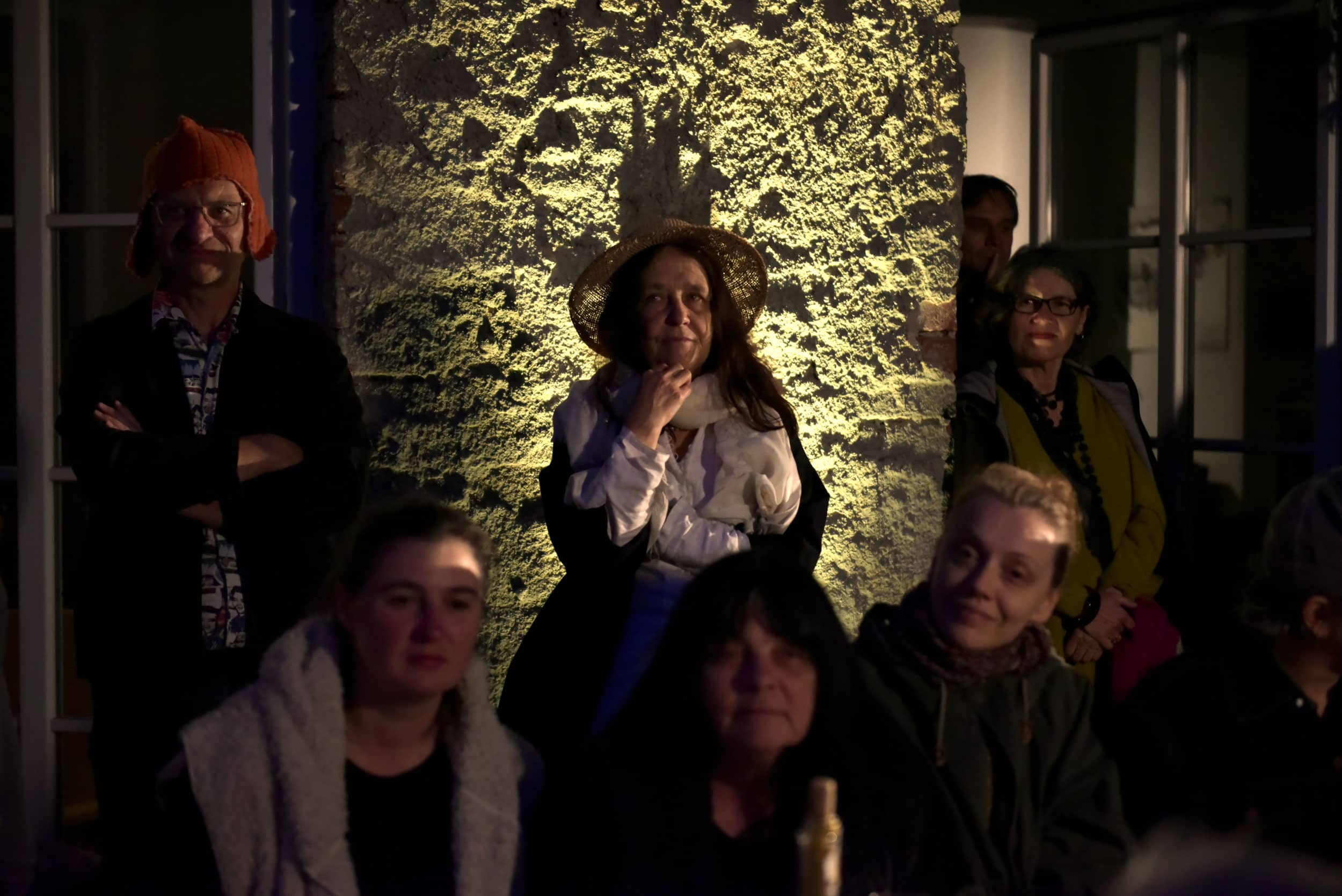
The International Festival of Ephemeral Arts CONTEXTS, Sokołowsko, 23-26 July 2020.
I really wondered how this theme of the asylum came up into your consideration. It has highly political tones nowadays and has even morphed, I think, during this time of quarantine.
MC: Of course, at this point it’s a very capacious word. We care more about this spiritual, inner meaning of the asylum, where art allows artists to create a safe space.
Why did you decide to work in a curatorial team?
MC: I was invited to introduce a new component to the current shape of the Contexts festival, based on contemporary artistic and curatorial practices. For years I have been observing with admiration the actions of Joanka Zielińska, who in recent years managed the performance art department of the Ujazdowski Castle Centre for Contemporary Art, and currently works as a senior curator at the Museum of Contemporary Art M HKA in Antwerp. She recently edited the book “Performance works” by Mousse Publishing. Joanka enriched the project with a lot of knowledge and practice. Julia Wielgus, on the other hand, is a curator with whom I have been working in tandem for years. Together, we published the book “As part of the exhibition-talks with curators”. Julia works in Brussels at the Jan Mot gallery, where she has contacts with artists such as Tino Seghal and Joachim Koester, so she introduced a foreign thread to Sokołowska. Thanks to Joanka and Julia, artists such as David Horvitz, Joachim Koester, Dafna Maimom and Ethan Hayes-Chute appeared at the festival.
What are the highlights of your section then?
MC: It’s hard for me to suggest anything here, each of these things is unique. Almost all of the audience cried at the Open Group performance on Saturday. It was a special moment in my curatorial life.
Interviewed by Dominika Tylcz
Translation of the interview with Marta Czyż by Nicholas Bartkowiak




